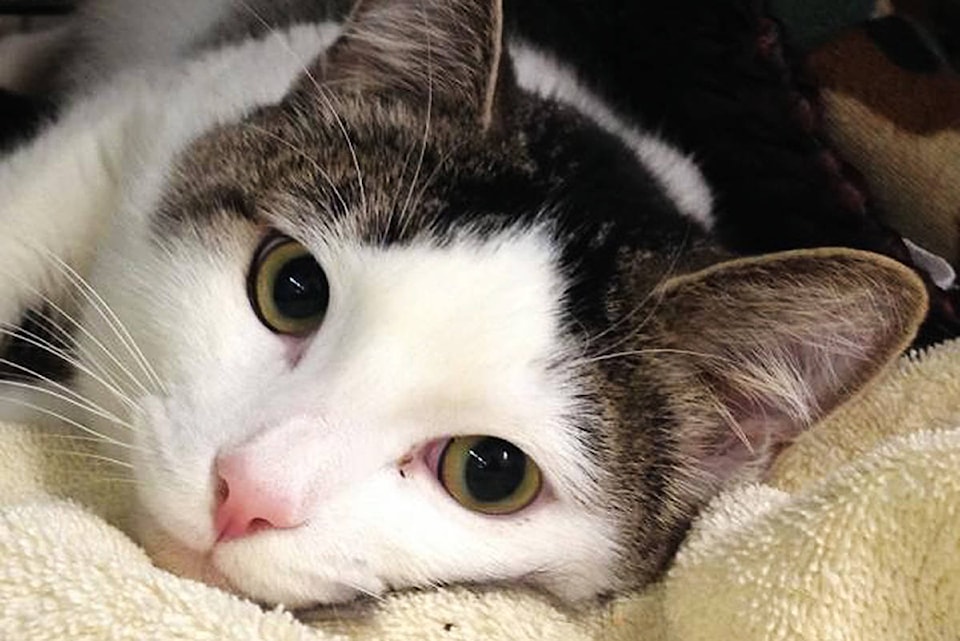Cats are very susceptible to weight gain. Humans have drastically altered their “natural” lifestyle and, for various reasons, cats throughout the world are becoming indoor only companions.
Cats are active animals that would normally cover large areas searching for food. They hunt, stalk, climb, and pounce.
Over the years, cats have transitioned from wild animals, to outdoor work animals, to indoor lap warmers. In the process, their level of activity has drastically dropped and weight has become a serious problem.
Contrary to popular belief, cats do not gain weight because they have been spayed or neutered. Cats become lazy and gain weight when their natural cat behaviours are not addressed in the home. The more we turn our little tigers into indoor-only animals, the more we need to ensure that their activity levels remain high.
The most current data shows that about 50 per cent of all pet cats are fat, and about 24 per cent are obese. Extra weight causes many health issues: fatty liver disease, diabetes, urinary tract disorders, and even skin conditions.
A fat cat can’t be a ‘real’ cat, so instead he eats, lounges, and sleeps. This can cause depresses ion, and depression can lead to destructive and inappropriate behaviours.
Diet also plays a huge role in weight management, and a proper feline diet is a must. When choosing food several factors, such as their environment, activity level, age, and even their genetic disposition to weight gain, need to be taken into account.
You buy a cat a toy and it plays with the box, so keep it simple. Plastic balls, little mice, catnip, paper bags, plastic bottles. To keep them interested and active on their own, you can purchase various toys that are motorized. Without a playmate, a cat can easily become bored with their toy. So, either you need to plan for daily play time, or better yet, make sure you have more than one cat.
Many people enhance the environment by adding high shelves, scratch posts, and even enclosed outdoor areas. Not only will these additional items inspire play, but they may also protect your furniture from becoming the toy. Another way to keep your cat active and stimulated is to hide their food throughout the house and make them hunt for it.
The more you can keep them moving the better. Cats can also be leashed trained and taken for a walk, or hike, or a boat ride. Make sure that this becomes a regular daily activity. Cats who are exposed to the outdoors tend to get restless if outdoor time is very limited.
Diet is obviously a major factor in weight management for cats. Opinions on how, what, and when to feed your cat are numerous. Some argue that cats should be free fed, meaning they should have access to dry food throughout the day. This is because they don’t wolf their food down in one sitting. However, cats don’t have the ability to balance their intake and their activity level.
Although a feeding schedule is more work, it does allow you to monitor and control their consumption.
A feeding schedule is a must if you have more than one cat, and each one needs a different diet.
There is disagreement about whether cats should consume dry kibble, or wet canned food, or both. Wet food is often used as a treat.
Some experts argue that, because cats need a very high amount of moisture in their diet, they should only be fed high-quality wet food. Others feel that dry kibble helps keep the teeth clean and feeding wet food only will result in dental problems.
A healthy balance of both is your best bet.
Magdalena Romanow is a volunteer at Katie’s Place, an
animal shelter in Maple Ridge.
